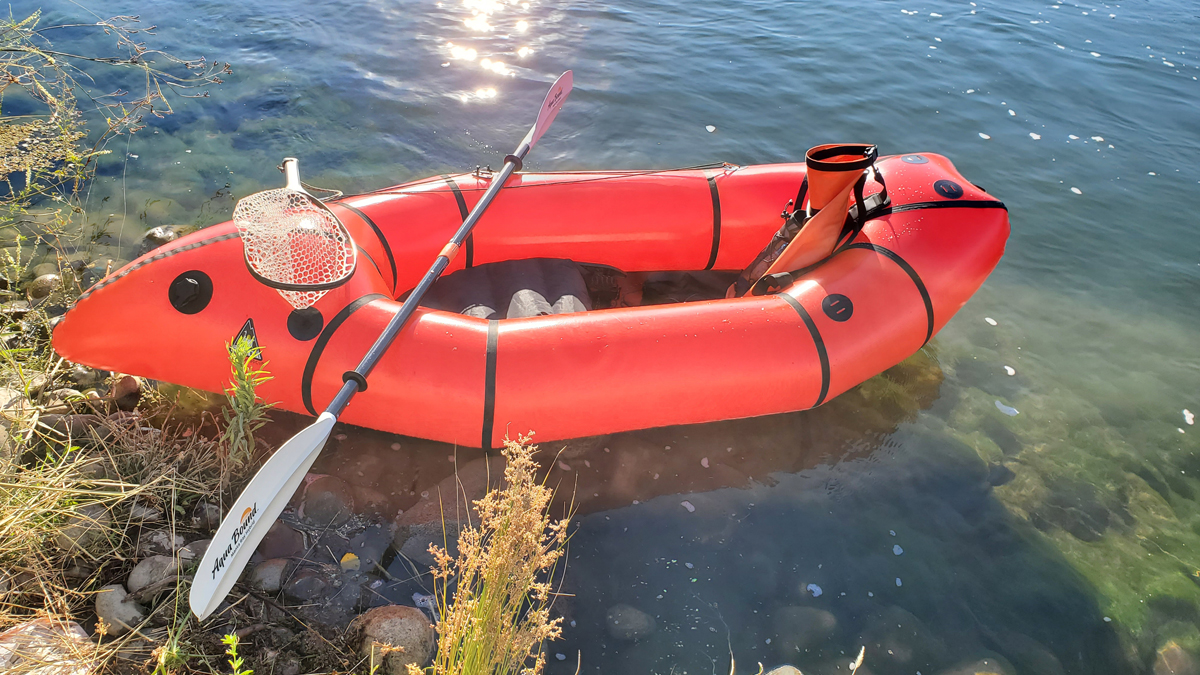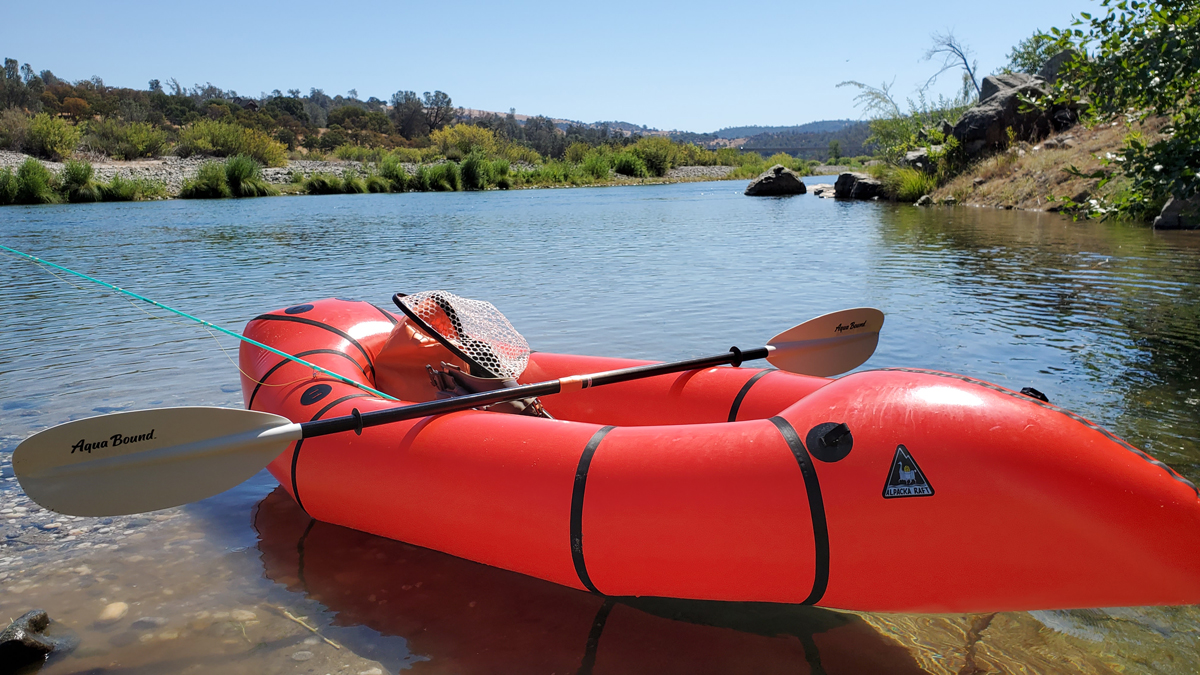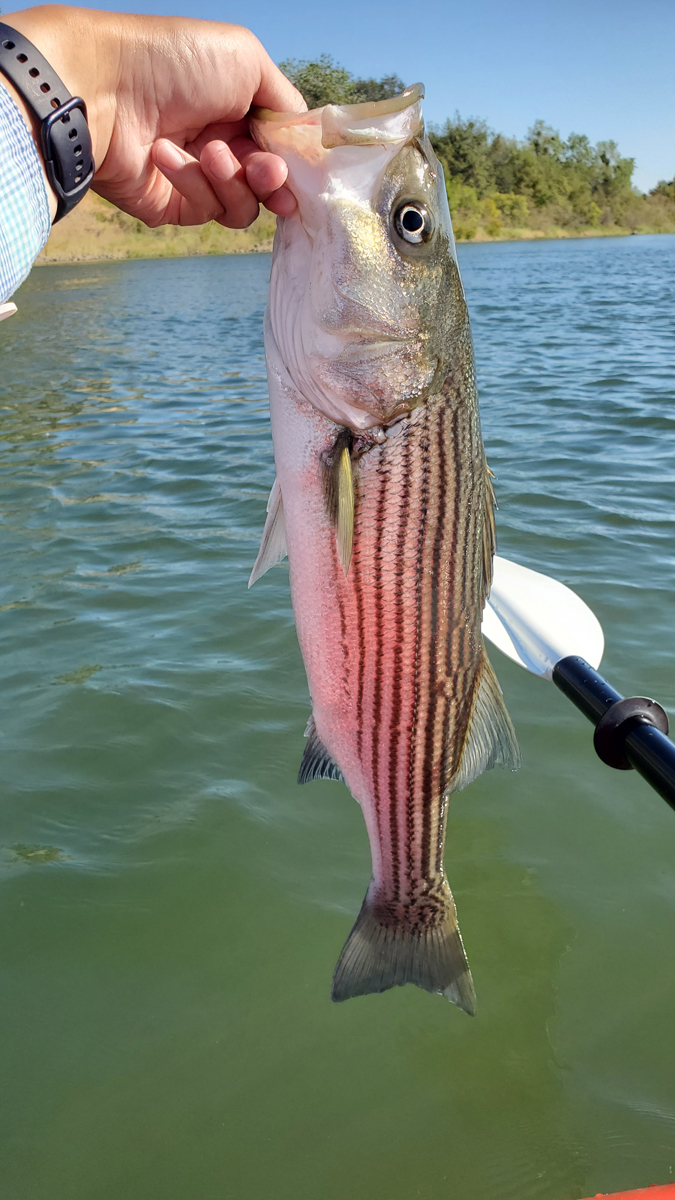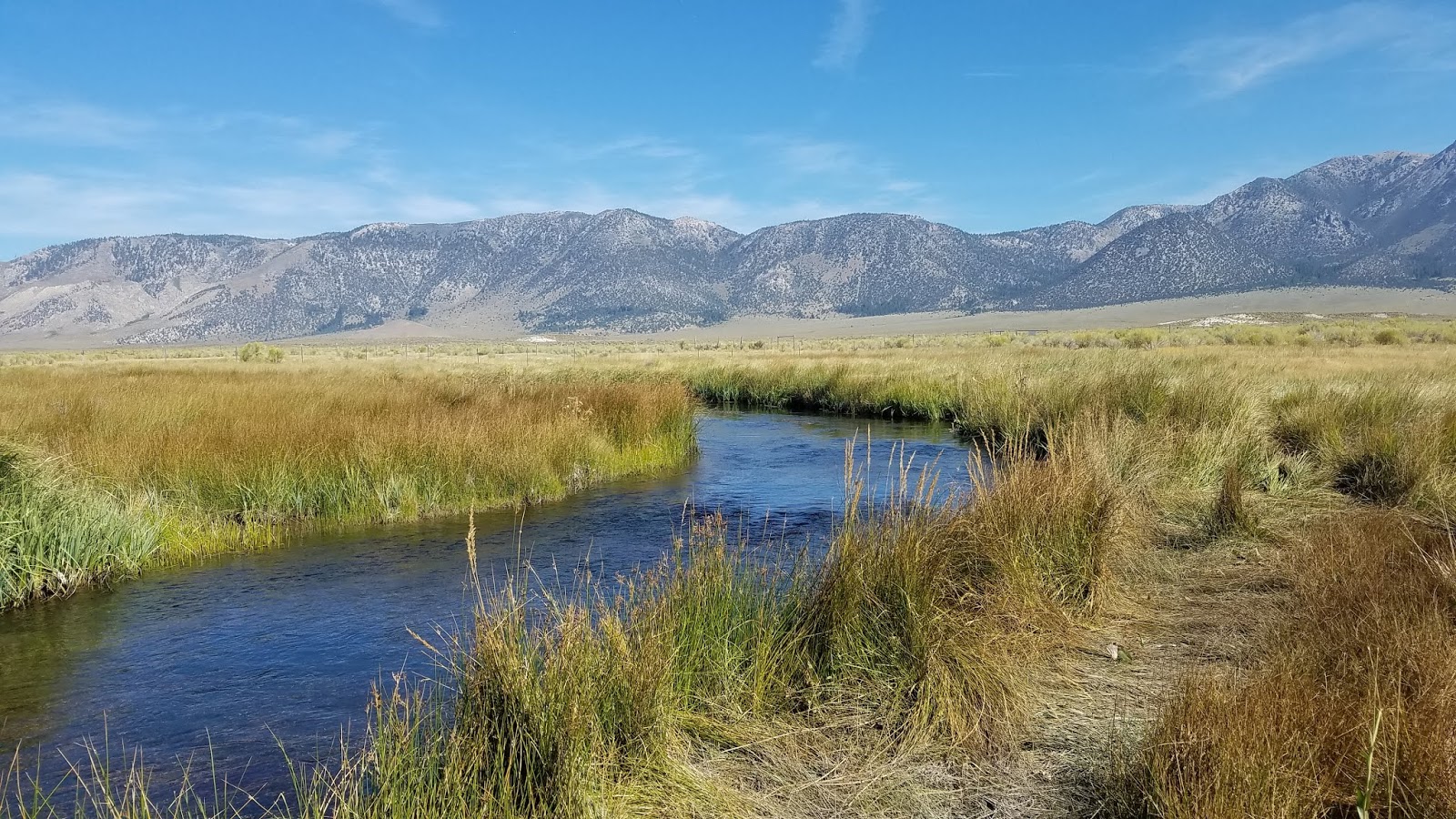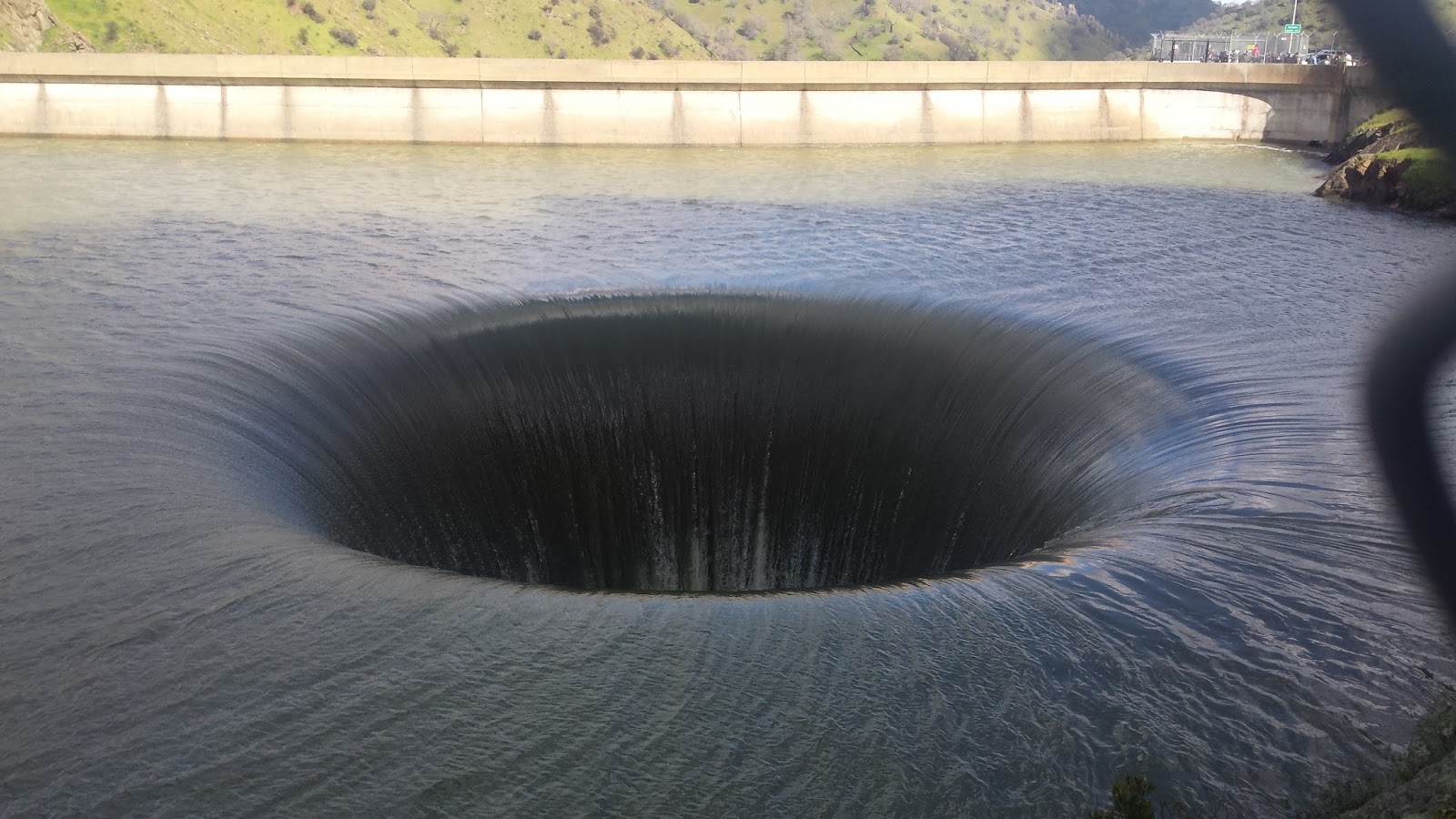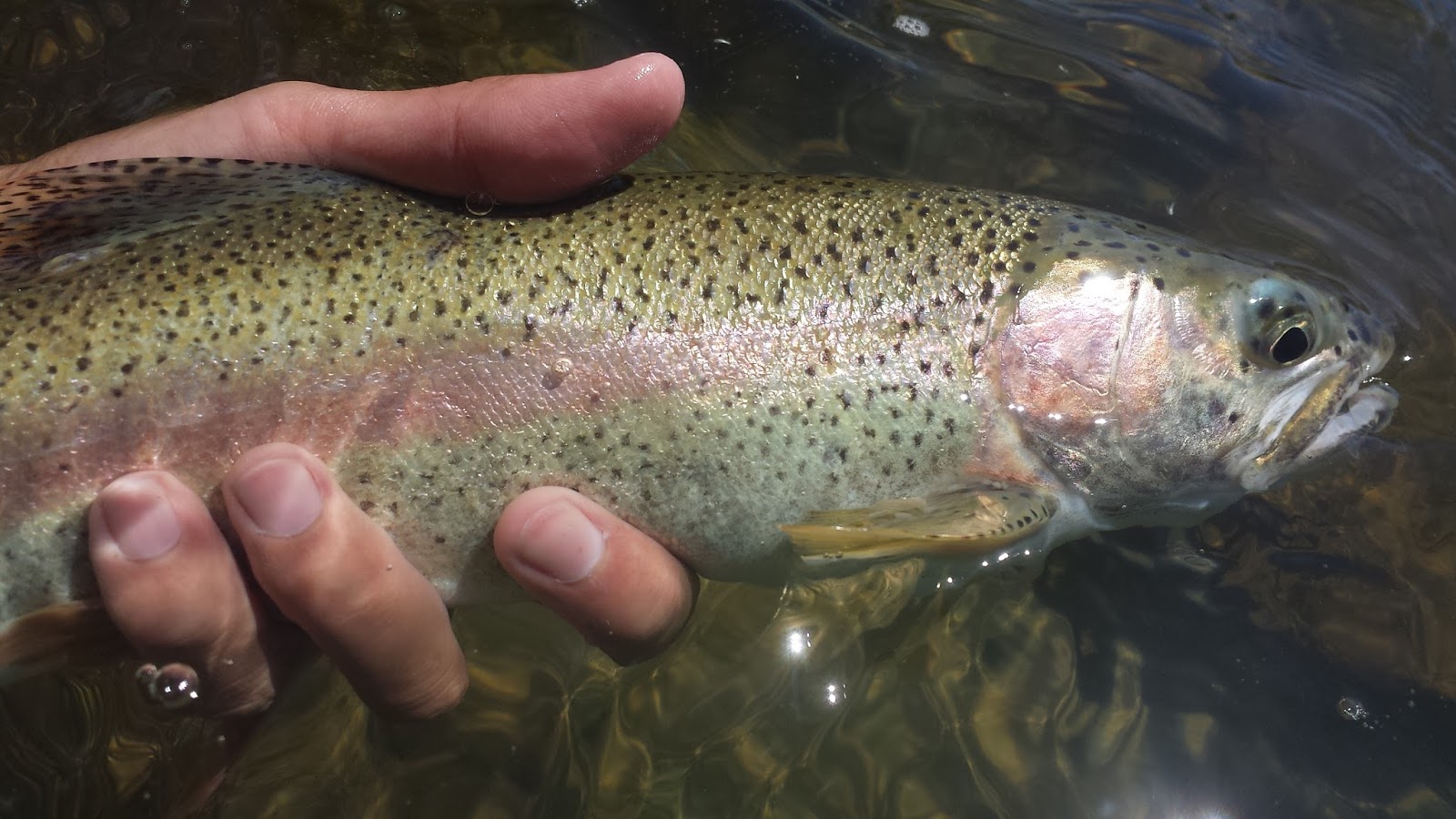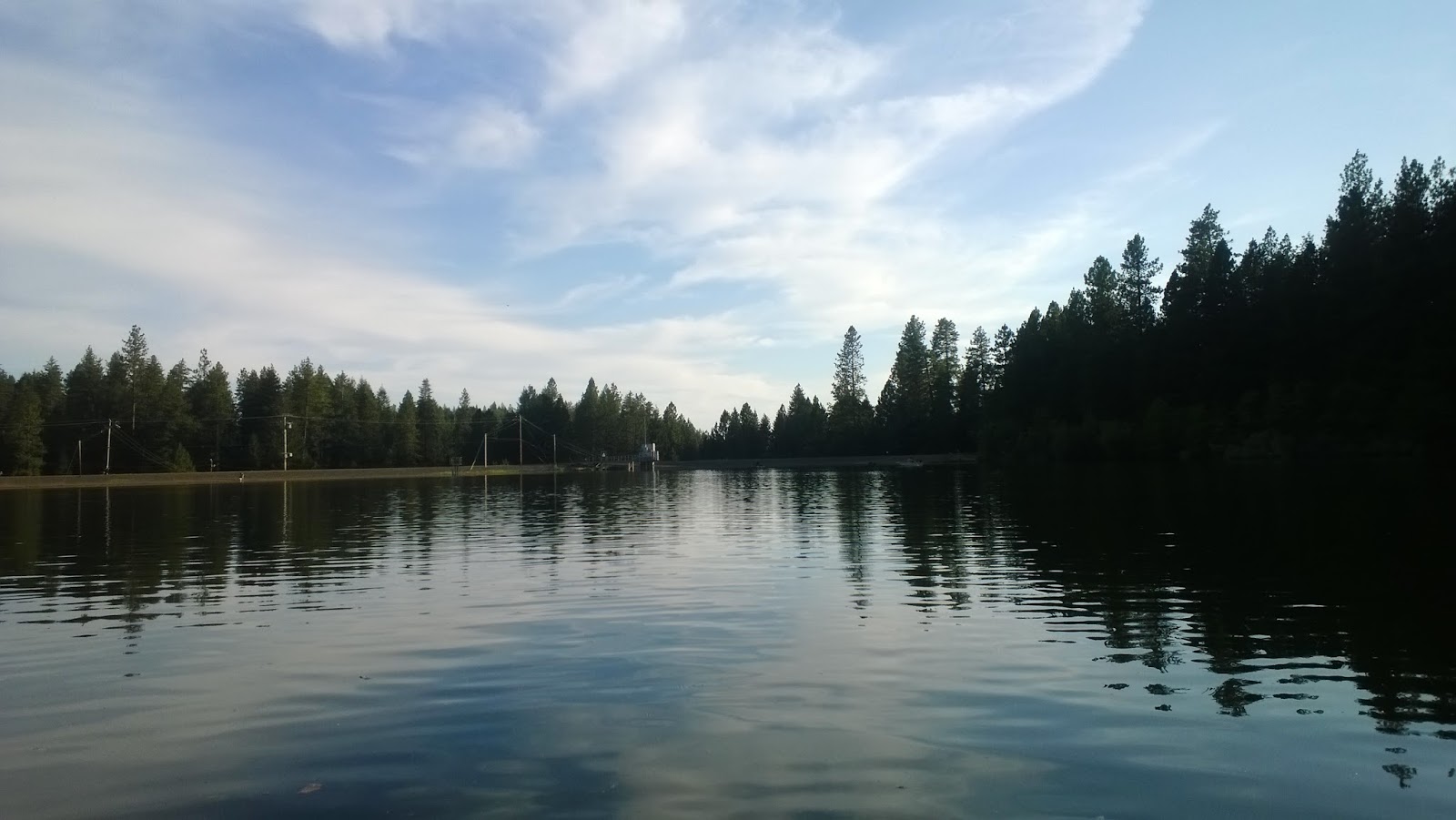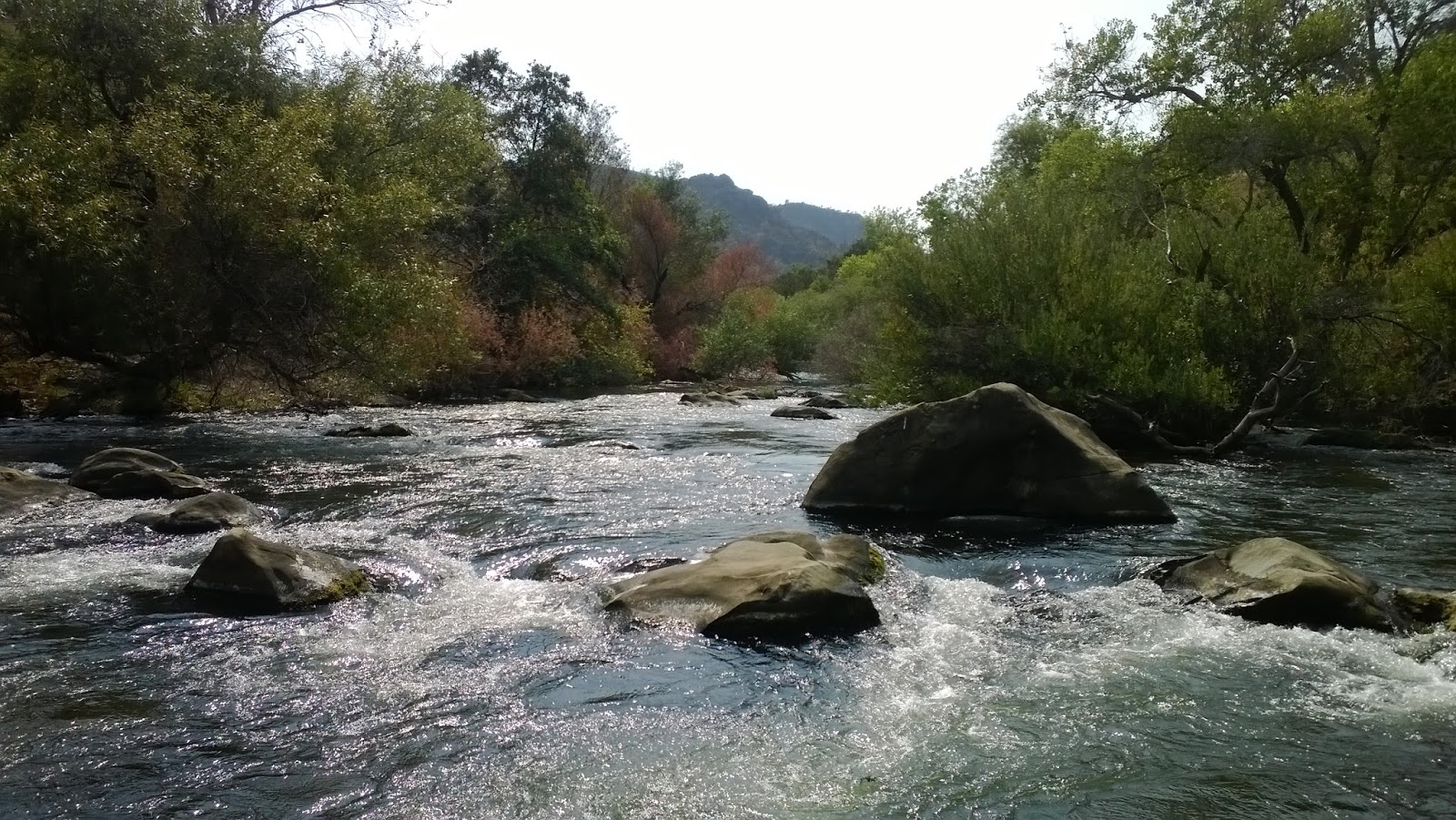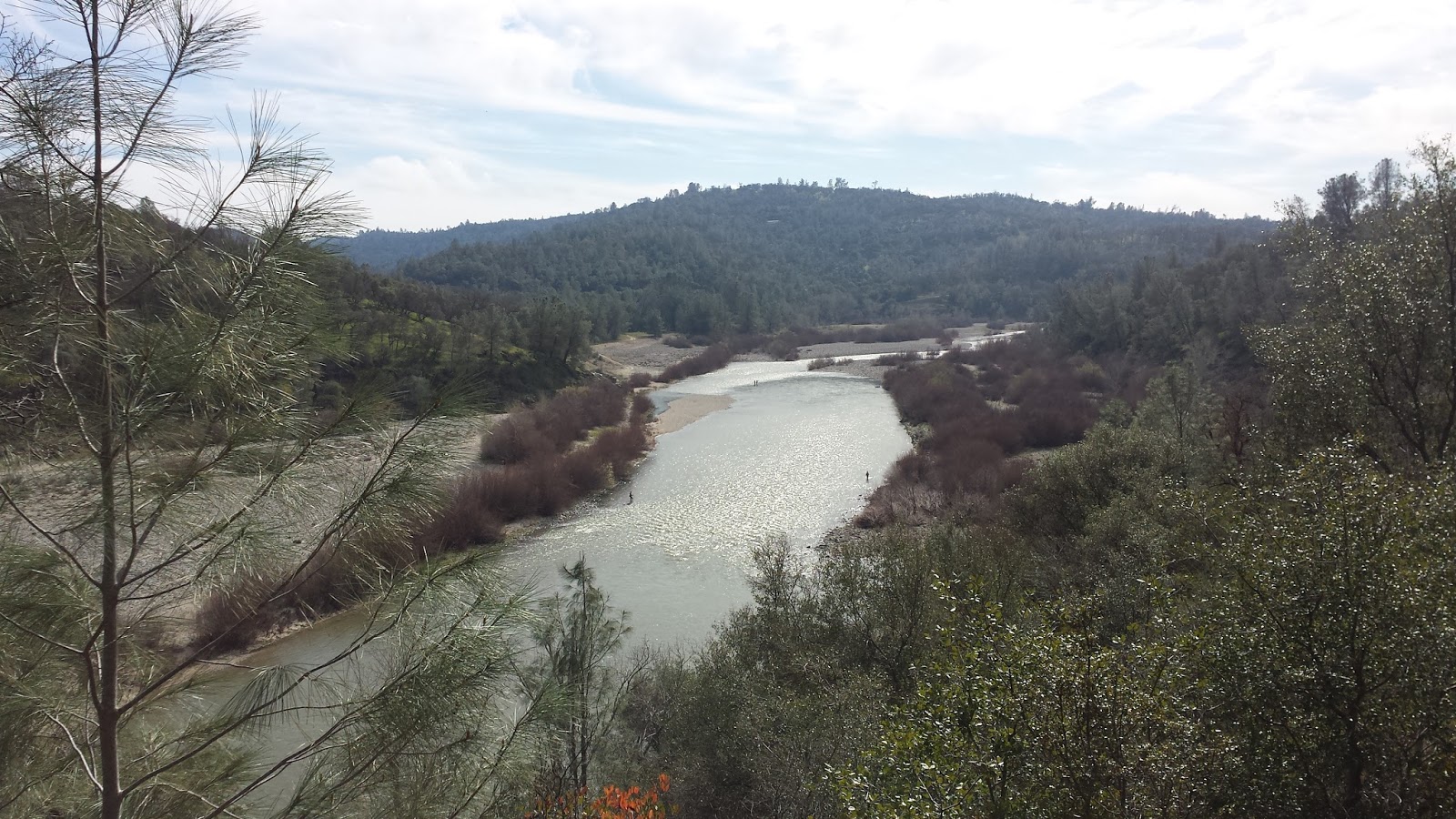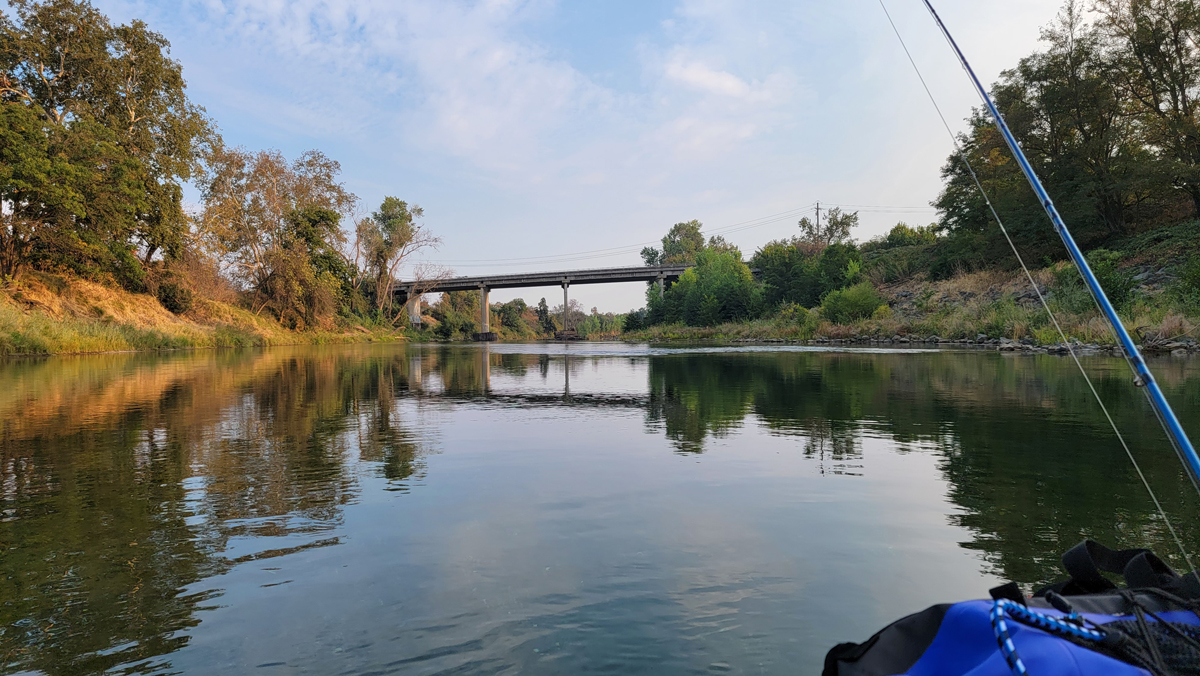
I’ve been fishing the Lower Yuba River for several years now and have explored the majority of the river below HWY 20 bridge to Sycamore Ranch. The water below Sycamore Ranch has always interested me however exploring it would prove to be difficult on foot. All the years spent on the Yuba left me wondering what the rest of the river looked like and how it fished.
Last year I bought a packraft and was finally explore and fish the 2 mile section below Sycamore Ranch. This section appears to be less pressured as most boats take out at Sycamore Ranch and walk-in anglers have to hike a ways back, if they can at first cross the river, to return to their vehicle. Daguerre Dam, an outdated low head dam constructed in 1906, separates the last 10 miles of the Yuba where it meets the Feather River between Yuba City and Marysville. The water below Daguerre Dam is well-known to have runs of striped bass and shad during the late spring and summer. Although I was late to the anadromous party it was never too late to explore the rest of the Yuba. My plan was to float from Sycamore Ranch, portage around Daguerre Dam, and drift all the way down to Mosquito Beach where home is only about 5 minutes away.
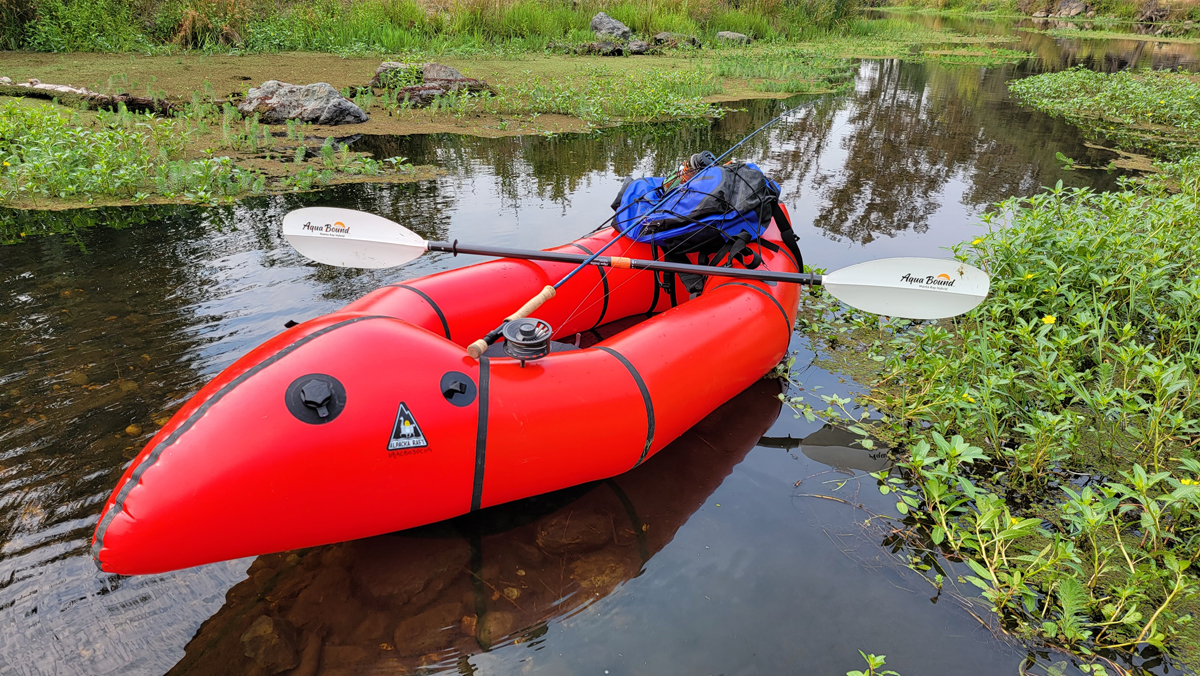
I calculated that the float would take me about 8 hours; about 5 hours to float and 3 hours to fish. I was mainly going to be targeting striped bass but downsized my streamer in hopes of enticing trout. I used my 8wt Echo Blue Boost with a Scientific Angler Sonar Line rigged with a small sculpin pattern for this trip.
I started the float at around 930am which was a lot later than I had originally planned. I quickly floated down to Daguerre Dam to make up for time and portaged below the dam for the first time. The water below the dam looked fishy but it’s illegal to fish 250ft below it. Low head dams are also one of the most deadliest structures that can be found on rivers as they create a powerful circulation of water that is next to impossible to get out of once caught in. There are several signs as you approach the dam warning you of the dangers that lurks a few hundred feet below. At the final sign the portage around the dam can be found river left.
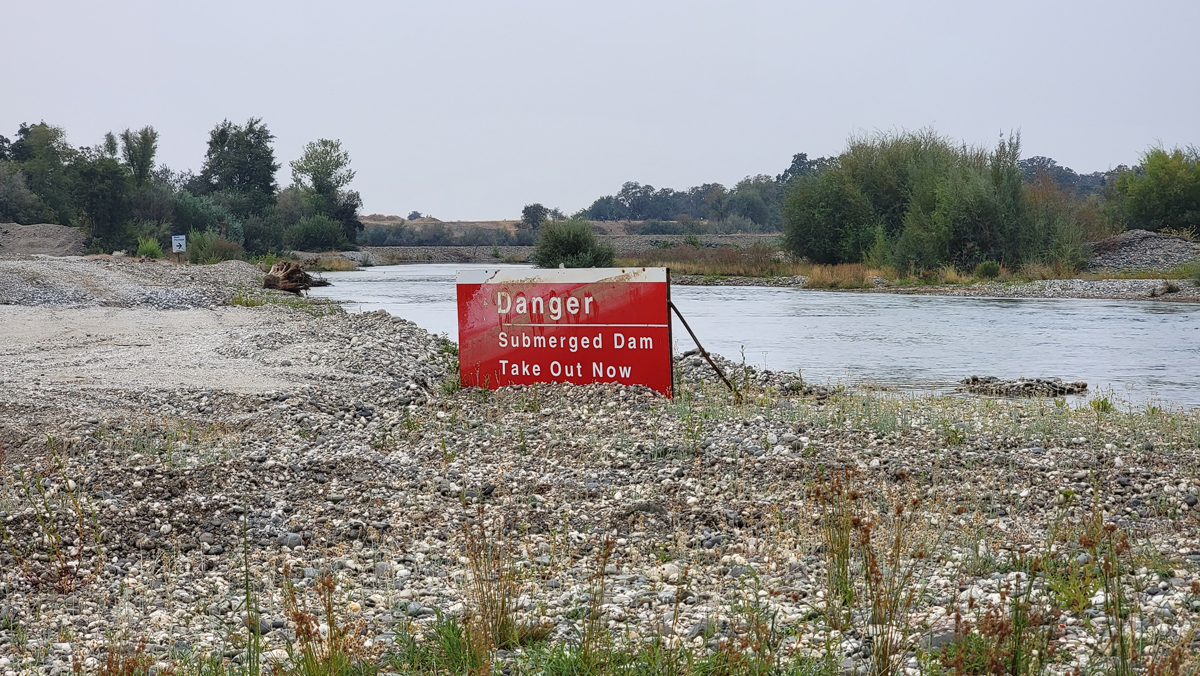
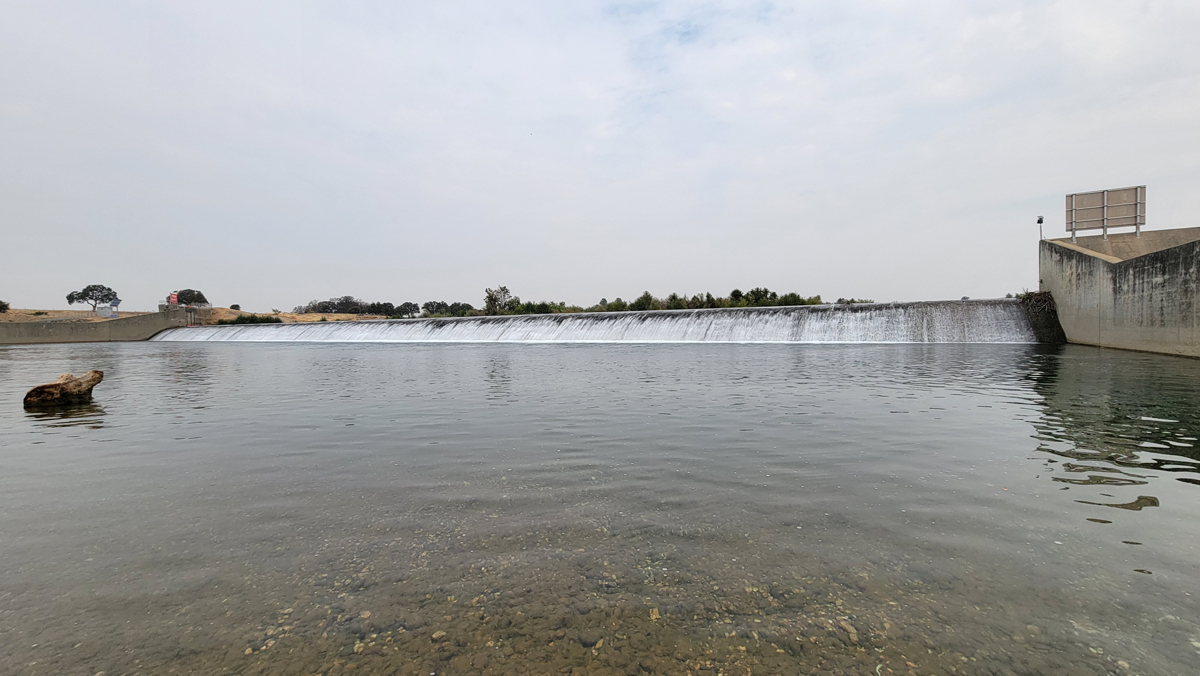
I continued to make my way downstream and fished spots that I had marked previous that looked fishy. After a few spots I hooked my first fish and it felt like a good one. I was expecting the fish to be either be a pike minnow or trout considering how far upstream I was. Once I finally landed it I was surprised to find that it was a decent sized striper. My first Yuba River striper.
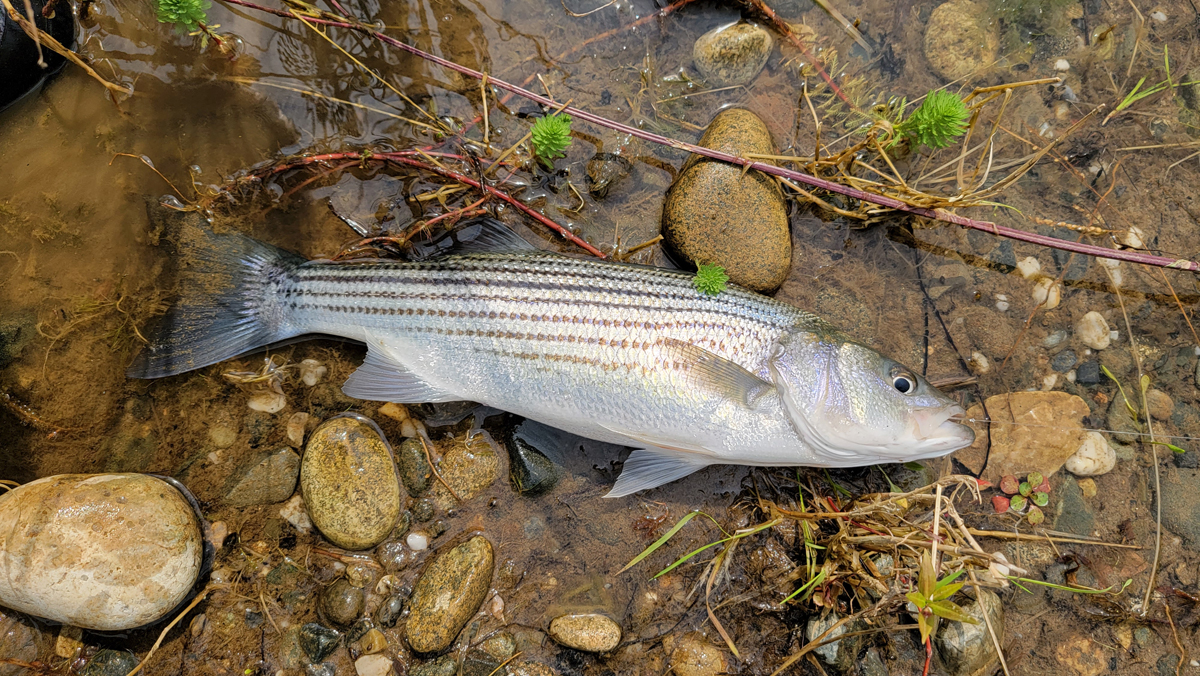
I hit a several more spots but didn’t get a single grab. The fish I observed were Sacramento sucker, pike minnow, and striped bass and I believe I may have also seen a pod of salmon that were making their way upstream. Overall I feel like the river was pretty barren fish density wise. It seems like the Yuba River is a restrict anadromous river with the exception of the famous resident rainbow trout population below Lake Englebright.
After about 9 hours of rafting and fishing I had floated about 10 miles to Marysville. My arms were dead. I had about 30 minutes left of daylight and decided to call in quits below the Shad Pad near HWY 70. At 730pm I phoned in my ride and made it home safe and sound.
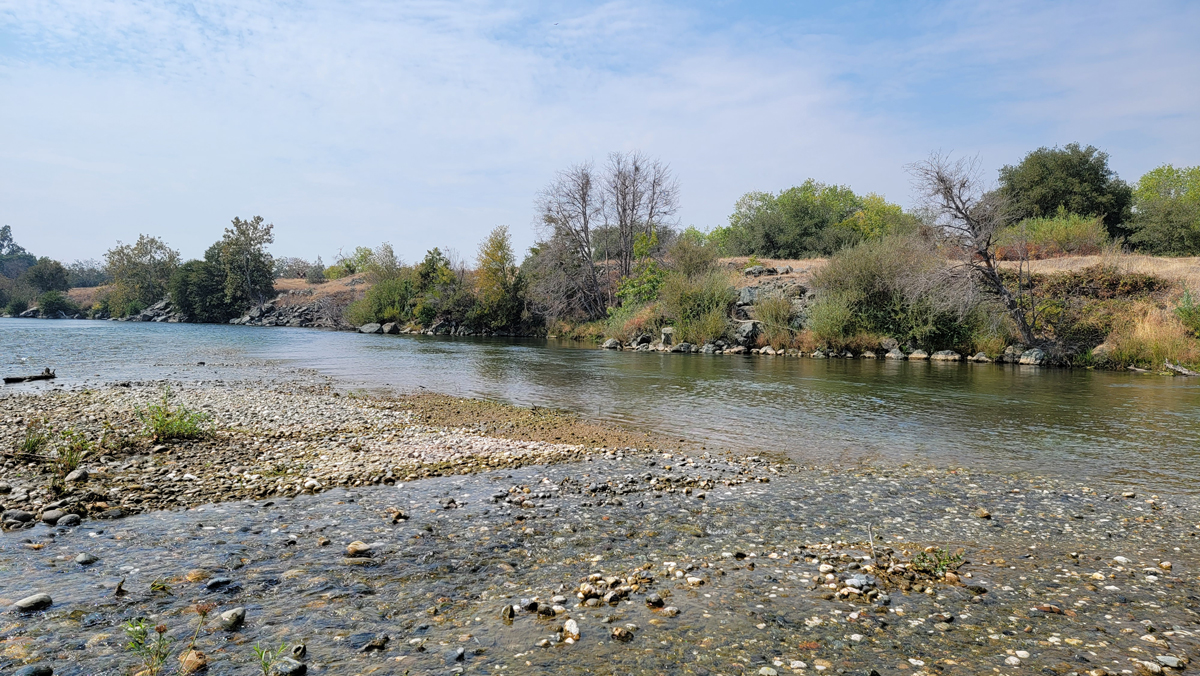
This float was a fun experience and now I can officially say that I’ve explored and fished about 80% of the Lower Yuba. It wasn’t a tough float but definitely a long one. I plan on doing this float again in the summer when the shad and stripers are in to hopefully catch my first Yuba shad.
